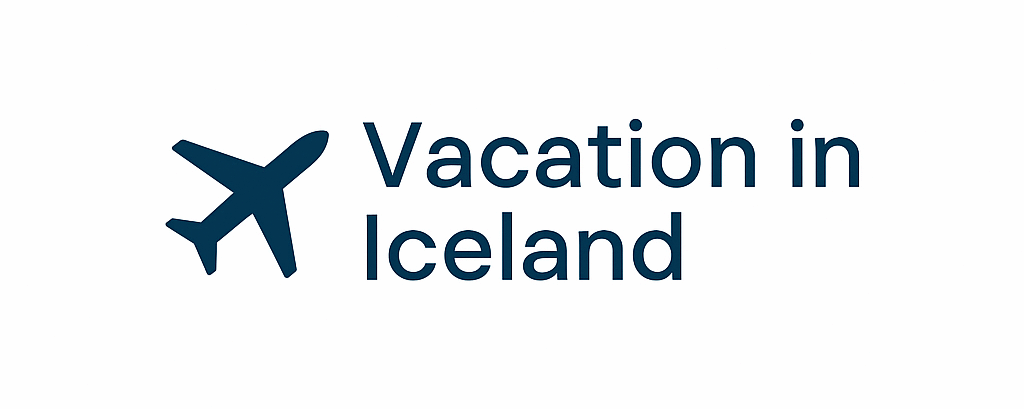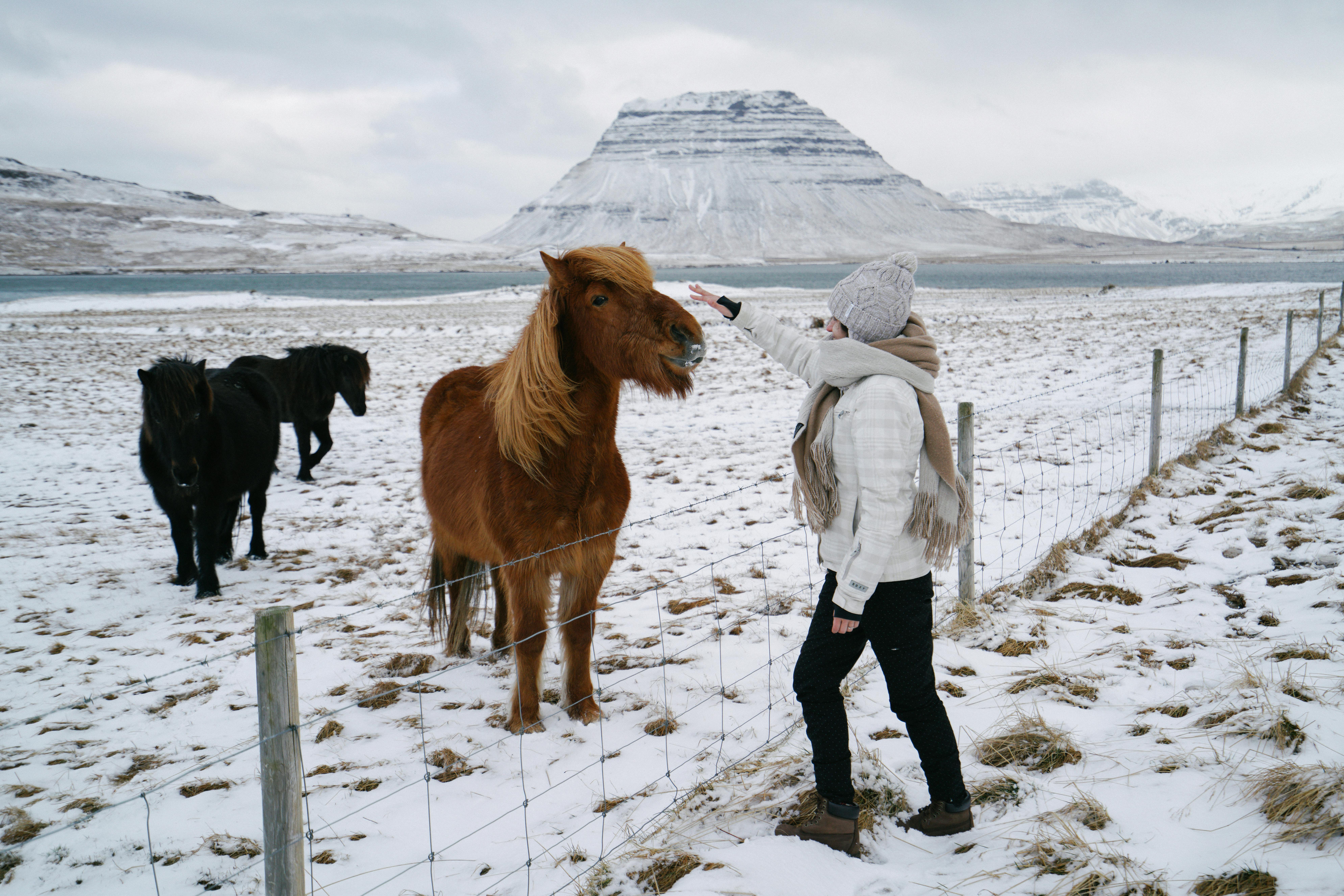Do I need cash in Iceland or is card enough?
If you’re planning a trip to Iceland, you’ll be relieved to hear that you almost never need cash in Iceland. Iceland is one of the most card-friendly countries in the world, with virtually every business—from gas stations to food trucks—accepting debit and credit cards. As someone born and raised in Reykjavík, I can count on one hand the number of times I’ve needed krona jingling in my pocket.
You really don’t need to worry about cash in Iceland – contactless and chip-and-PIN cards are accepted everywhere from Reykjavík’s trendiest cafés to the most remote mountain huts. Cash in Iceland today is mostly a novelty (think old coin-only toilets or vintage souvenir shops), and ATMs are so ubiquitous that you can comfortably leave your handful of coins at home.
With cards accepted virtually everywhere, the need for cash in Iceland has dropped to nearly zero in daily life.
Why card payments dominate in Iceland
Understanding whether you need cash in Iceland can help you plan your trip better.
- Ubiquitous acceptance: Virtually all shops, restaurants, museums, tour operators, and even public restrooms accept cards. Contactless payments are the norm, and chip-and-PIN transactions work everywhere.
- Safety and convenience: Carrying minimal cash reduces pickpocket risk (which is already low in Iceland) and eliminates the hassle of finding ATMs in remote areas.
- Competitive exchange rates: Many travelers find that using a no-fee travel card (like Wise or Revolut) gives better exchange rates than cash exchange offices.
- Digital receipts and records: You’ll automatically get e-mail or SMS receipts, making it easier to track spending and manage budgets on the go.
When you might still want a little cash
- Remote Highlands and diesel pumps: A handful of very remote fuel stations or farm-stay guesthouses may only take cash, especially if their card terminals go offline in bad weather.
- Small-scale vendors at festivals or markets: Occasionally, a street food stall or craft vendor might prefer kronur to avoid card fees.
- Public restroom fees: While most pay-to-use toilets now accept cards, a few old pay boxes in gas stations still require coins (around 100 ISK).
- Tipping local guides: Although tipping isn’t expected in Iceland, leaving a small tip in cash (500–1 000 ISK) after a private tour is a nice gesture.
How to handle those rare cash needs
- Withdraw once upon arrival
Use the first ATM you find at Keflavík Airport or in Reykjavík to get 5 000–10 000 ISK. That’s enough for restroom fees, small markets, or unexpected offline terminals. - Use a no-fee travel card
Sign up for a fee-free multi-currency card like Wise or Revolut before your trip. Withdraw larger amounts only if you truly need them—otherwise stick to card payments to avoid ATM fees. - Keep coins separate
Store your coins in a small envelope or zip-lock baggie in your daypack. That way you won’t fumble at the gas pump or restroom turnstile. - Check terminal status
If you’re heading off the Ring Road into the Highlands, ask your guesthouse host which stations accept cards 24/7. Most operators list payment options on their websites.
4 Key Takeaways
- Card-first country: You can safely leave most of your cash at home.
- Emergency cash only: 5 000–10 000 ISK covers the few cash-only scenarios.
- Travel-card advantage: Fee-free cards like Wise or Revolut give great exchange rates.
- Plan for remote areas: Confirm payment options if venturing off the beaten path.
Ready to travel cash-light?
Consider ordering a fee-free travel card today to lock in great exchange rates and never hunt for an ATM again.
You really don’t need to worry about cash in Iceland – you can breeze through your entire trip using only contactless cards. In fact, cash in Iceland has become so rare that even public restrooms and tiny roadside stands almost always take card.
Enjoyed this tip?
▶️ Subscribe for more insider advice on traveling Iceland like a local.



